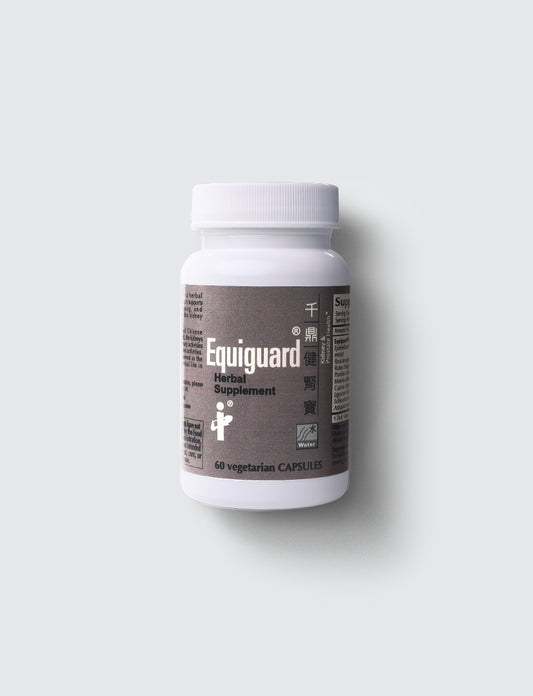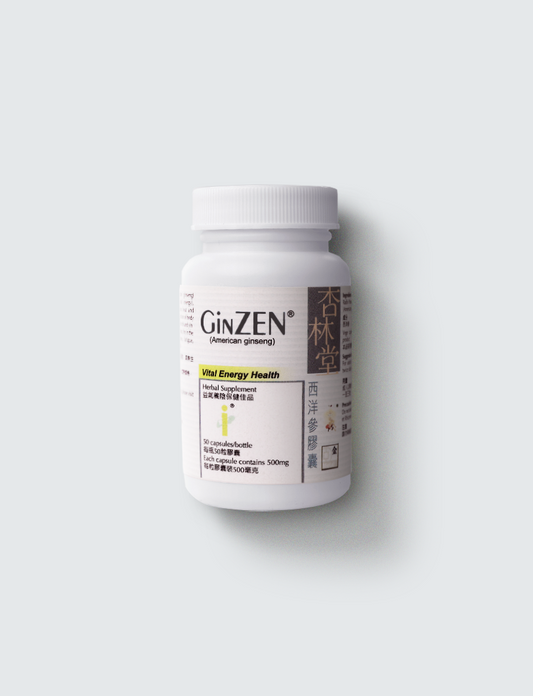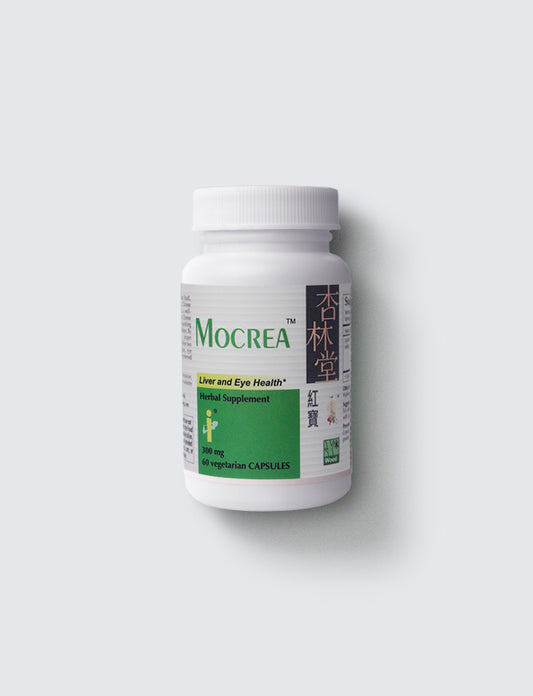How to distinguish between Chikungunya, Dengue, and Zika?
Share

I. Initial Differentiation of the Three Diseases:
Chikungunya
-
Typical: Sudden high fever + severe joint pain (wrists, fingers, ankles, knees) with possible swelling; rash common
-
Joint pain can last weeks to months - key distinguishing feature
Dengue
-
Typical: High fever, severe headache (retro-orbital pain), muscle/bone pain, rash; some cases show bleeding tendency and low platelets during defervescence
-
Severe dengue risks plasma leakage and shock
Zika
-
Typical: Low to moderate fever, conjunctivitis (red eyes), mild joint/muscle pain, rash, more itching
-
Associated with microcephaly and neurological defects in fetuses when pregnant women are infected
Common Features & Important Notes:
-
All three are transmitted by Aedes mosquitoes during daytime; travel history (South Asia, Southeast Asia, Africa, Latin America) is crucial
-
Infants, pregnant women, elderly, or those with chronic conditions should seek medical care early if fever develops
-
Warning signs requiring immediate medical attention: severe dizziness, bleeding, breathing difficulty, persistent vomiting, altered consciousness
II. Detailed Symptom Comparison:
Fever
-
Chikungunya: Usually sudden high fever
-
Dengue: High fever common, biphasic pattern possible
-
Zika: Usually low to moderate fever
Joint & Muscle Pain
-
Chikungunya: Most pronounced joint pain, can be swollen and persistent
-
Dengue: Significant muscle/bone/joint pain but usually shorter than Chikungunya
-
Zika: Milder joint pain, often with small joint discomfort
Rash & Eye Symptoms
-
Chikungunya: Maculopapular rash typically appears 2-5 days after onset
-
Dengue: Rash can appear at different stages
-
Zika: Rash and itching common; conjunctivitis (red eyes) more characteristic
Bleeding & Severe Cases
-
Chikungunya: Generally low mortality but can be severe in elderly/those with underlying conditions
-
Dengue: Highest risk of warning signs and severe cases (low platelets, bleeding, leakage)
-
Zika: Usually mild but associated with fetal abnormalities and Guillain-Barré syndrome
Laboratory Testing
-
Early stage: RT PCR for viral RNA
-
Later: Serological IgM/IgG
-
Dengue has laboratory warning signs like thrombocytopenia and hemoconcentration
Clinically, 100% differentiation by symptoms alone is difficult; laboratory testing should be done promptly. Avoid aspirin or most NSAIDs until dengue is ruled out.
III. When to Seek Immediate Medical Care:
-
Fever lasting over 48 hours, severe joint pain affecting mobility or self-care
-
Bleeding spots, gum/nose bleeds, persistent vomiting, abdominal pain
-
Breathing difficulty, drowsiness/altered consciousness, seizures
-
Any suspected symptoms in pregnant women, infants, elderly, those with chronic conditions or immunosuppression
-
Travel to endemic areas within past two weeks
Reference
-
World Health Organization (WHO) — Chikungunya
https://www.who.int/news-room/fact-sheets/detail/chikungunya -
World Health Organization (WHO) — Dengue and Severe Dengue
https://www.who.int/news-room/fact-sheets/detail/dengue-and-severe-dengue -
Centers for Disease Control and Prevention (CDC) — Chikungunya Virus
https://www.cdc.gov/chikungunya/ -
Centers for Disease Control and Prevention (CDC) — Dengue
https://www.cdc.gov/dengue/ -
Centers for Disease Control and Prevention (CDC) — Zika Virus
https://www.cdc.gov/zika/ -
European Centre for Disease Prevention and Control (ECDC) — Factsheet: Chikungunya
https://www.ecdc.europa.eu/en/chikungunya -
Hong Kong Department of Health — Chikungunya
https://www.chp.gov.hk/tc/healthtopics/content/24/110.html -
Hong Kong Department of Health — Dengue
https://www.chp.gov.hk/tc/healthtopics/content/24/19.html -
Hong Kong Department of Health — Zika Virus Infection
https://www.chp.gov.hk/tc/healthtopics/content/24/43096.html



